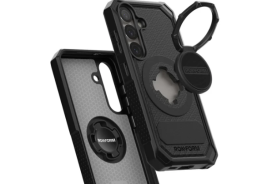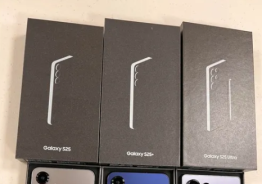Nokia introduced new basic cellphone models at the Mobile World Congress (MWC), aiming to regain sales in the low end of the market.
Once the undisputed cellphone leader, the Finnish company fell far behind its rivals and now it is attempting to rebuild its brand and stay relevant in the fast-growing market. Nokia introduced four new phones — the Lumia 720, Lumia 520, Nokia 301 and Nokia 105.
According to Nokia CEO Stephen Elop, the two new Lumia handsets give Nokia the full range of smartphones it was lacking until now. The basic cellphone models, meanwhile — the Nokia 301 and Nokia 105 — aim to cater to the low-end segment of the market.
Samsung Electronics trumped Nokia as the top seller of cellphones last year, and Nokia has been struggling to catch up and get back on track. Nokia's market share dropped from 24 percent during 2012 to 17.9 percent, based on data from market research firm IDC. Samsung's share, on the other hand, climbed to 23 percent while Apple closed the year in third place at 9.9 percent. ZTE ended the year with 3.5 percent followed by Huawei with 3.3 percent.
The new handsets Nokia introduced at the MWC trade show in Barcelona aim to reinforce the company's strategy to place its bets on the lowest-priced segment of the market, which is growing rapidly.
The Nokia 105 is the new basic, entry-level phone from Nokia, and will retail for €15, or about $20. In 2012, the global market for cellphones priced at $250 or below saw a stellar growth of 99 percent from 2011. Moreover, according to IDC, this market accounted for more than half of all cell phones sold worldwide.
By comparison, the upper-end segment of smartphones priced at more than $250 saw only a 23 percent growth during the same period. Nokia, however, had a poor performance in this upper segment of smartphones, trailing rivals such as BlackBerry, LG and Motorola. IDC data shows that Nokia gained a roughly 4 percent market share in the fourth quarter, while Huawei and ZTE each sold more than double the number of handsets Nokia sold.
Still, IDC forecasts that this year will mark the first time that consumers worldwide will buy a smartphone rather than a simple, basic cellphone. According to the Nokia CEO, the Nokia-Microsoft alliance for smartphones is gaining momentum, and the partnership was "the right decision" for the ailing company. It is this alliance that set Nokia apart from other handset makers relying on Android, preserving the company's identity and edge.
As long as the low-end segment of the market is growing much faster, however, Nokia will seize the opportunity and do its best to cater to this niche. The Nokia 105 should hit stores before the end of March 2013.
© Copyright 2025 Mobile & Apps, All rights reserved. Do not reproduce without permission.













